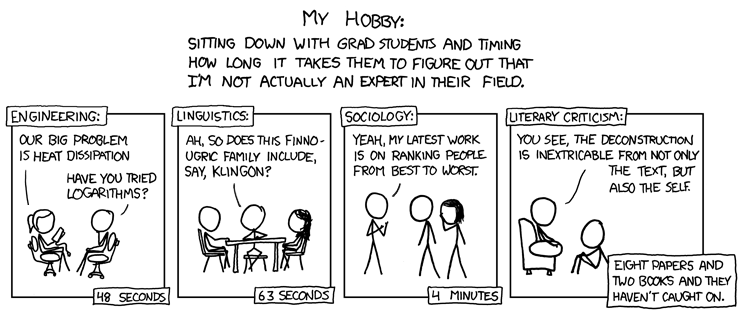Answer I found on the internet for leverage. Sorry, I'm going to post it in this thread for easy reference as I try to build this code.
When you pick up the end of a board, the torque required will be equal to the product of the force that you apply F1 times the distance to the center of rotation L1 which in this case is the other end of the board. If a crate is sitting on the board, the torque exerted by the crate will be equal to the product of the crate's weight F2 and its distance from the center of rotation L2. These two torques must be equal in order for you lift the end of the board. Mathematically this turns out as
F1*L1=F2*L2
If you solve for F1 you will find out how much force F1 that you will need to apply to the end of the board which will be less than the actual weight F2 of the crate. For example assume the crate weighs 210 lb and is located 2 ft from the end of the board. Meanwhile you lift the other end of the board which is 6 ft long. You will then have to exert F1 = F2*L2/L1 = 210lb*2ft/6ft = 70lb.
so if I read this right

assume the force generated by the paddle is equal to one so we can see the leverage component.
Anyone know if I should be measuring the segment from the paddle face, or the from the center of the fulcrum?
When you pick up the end of a board, the torque required will be equal to the product of the force that you apply F1 times the distance to the center of rotation L1 which in this case is the other end of the board. If a crate is sitting on the board, the torque exerted by the crate will be equal to the product of the crate's weight F2 and its distance from the center of rotation L2. These two torques must be equal in order for you lift the end of the board. Mathematically this turns out as
F1*L1=F2*L2
If you solve for F1 you will find out how much force F1 that you will need to apply to the end of the board which will be less than the actual weight F2 of the crate. For example assume the crate weighs 210 lb and is located 2 ft from the end of the board. Meanwhile you lift the other end of the board which is 6 ft long. You will then have to exert F1 = F2*L2/L1 = 210lb*2ft/6ft = 70lb.
so if I read this right

assume the force generated by the paddle is equal to one so we can see the leverage component.
Anyone know if I should be measuring the segment from the paddle face, or the from the center of the fulcrum?



